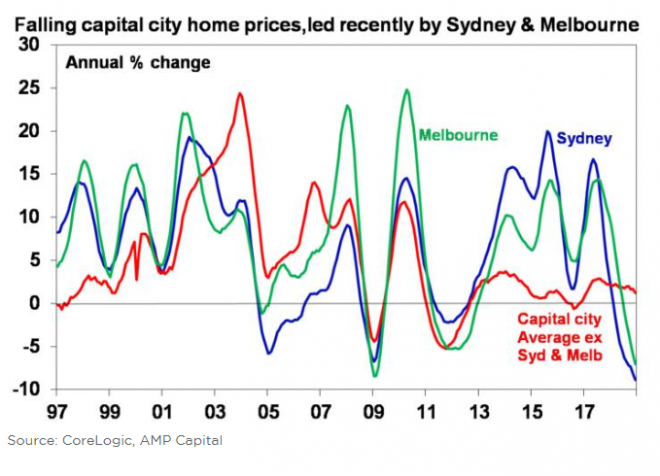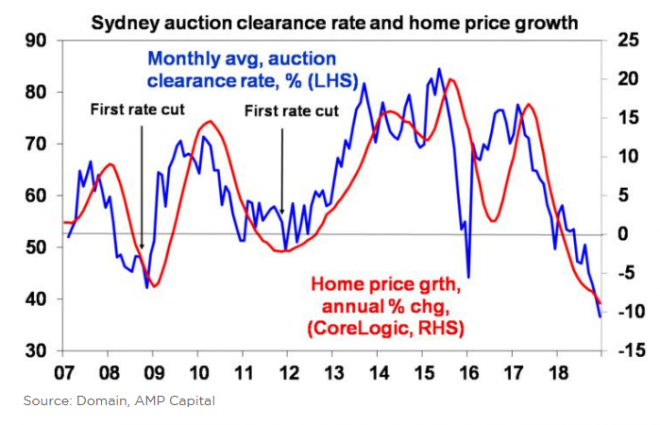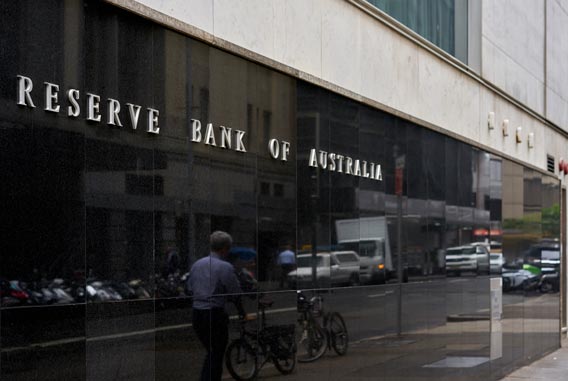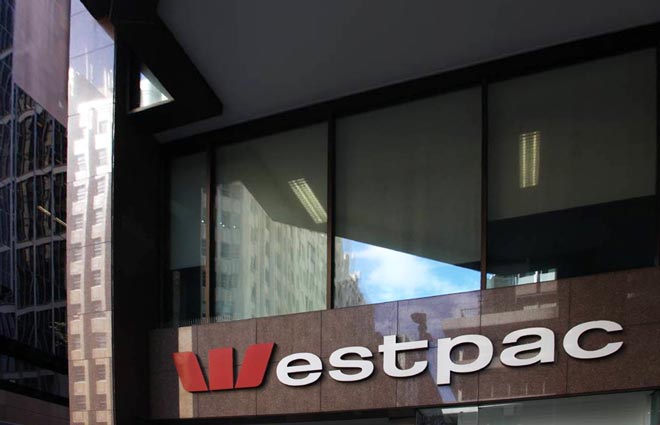Around 17 per cent of Aussie large cap companies downgraded guidance this reporting season as cost pressures weighed on major financial institutions and industrials, via InvestorDaily.

In its final analysis of the February 2019 reporting season, UBS Global Research notes that EPS revisions for the market ex-resources and ex-financials were the weakest since 2010.
“In aggregate, ASX 100 FY19 earnings expectations were revised down 0.1 per cent through reporting season, with the strong performance of the market in February entirely driven by an expansion in the PE multiple,” the report said.
“FY19 EPS revisions for the Resources were resilient at +6.6 per cent. However, the Industrials ex-Financials were much weaker, with EPS revised down 2.8 per cent, the weakest reporting season since 2010. The 1.9 per cent downward revision to Financials EPS was also the weakest since 2011.”
The main upside surprise this reporting season came from better-than-expected capital management, according to UBS, that estimates that around 21 per cent of ASX 100 companies delivered larger than expected dividends.
However, the report flagged cost pressures as the main downside this season.
“Pockets of cost pressure were the key downside surprise, particularly among insurance and other financials, which have experienced growth in remediation, restructuring and compliance charges related to the royal commission (in addition to revenue headwinds), as well as a mixed bag of Industrials, namely gaming (Crown Resorts and Tabcorp), health care (Ansell and CSL) and materials (Boral, Brambles and James Hardie). Some modest cost pressure also appears to be emerging for the Resources. Companies affected include Alumina, Northern Star Resources and Oil Search,” the report said
In its ‘Reporting Season Progress Update’, UBS flagged that analysts were less optimistic on the outlook than company guidance implied.
“However, as reporting season progressed, companies downgraded guidance significantly to the weakest February reporting season in four years,” the bank said.
UBS estimates that 15 per cent of large cap companies upgraded guidance, while 17 per cent downgraded guidance.
“Among large cap companies that upgraded guidance, Ansell, Computershare, Goodman Group, South 32 and Worley Parsons were well received by the market.
“Among large cap companies that downgraded guidance, AMP, Coles Group, REA Group, Scentre Group, Suncorp, Unibail-Rodamco-Westfield, Woolworths, and Whitehaven Coal were not received well.”
“The biggest large cap positive surprises, in our view, have come from Cleanaway Waste Management, Fortescue Metals Group, Goodman Group, Insurance Australia Group, Magellan Financial Group and Ramsay Health Care.
Negative surprises have, in our view, come from AMP, Bendigo and Adelaide Bank, Crown Resorts, ResMed, Unibail-Rodamco-Westfield and Woolworths.”











